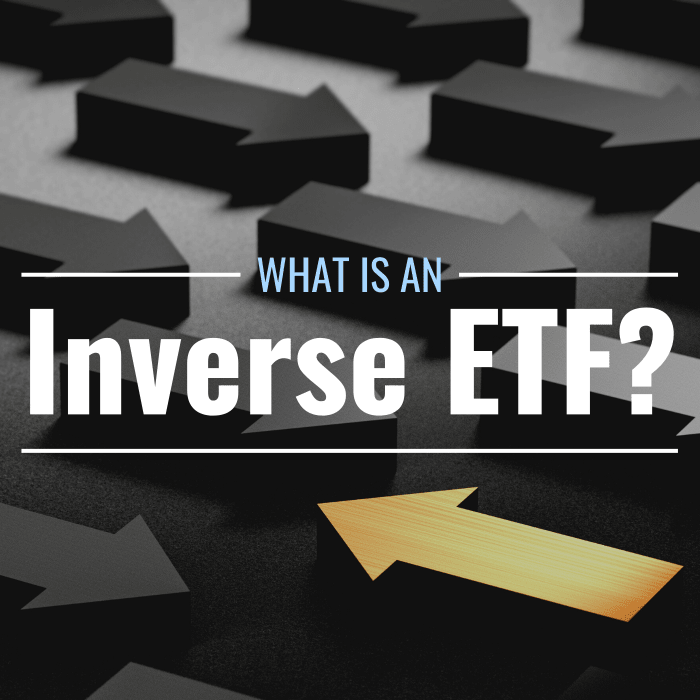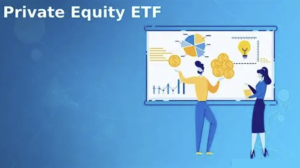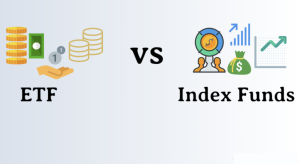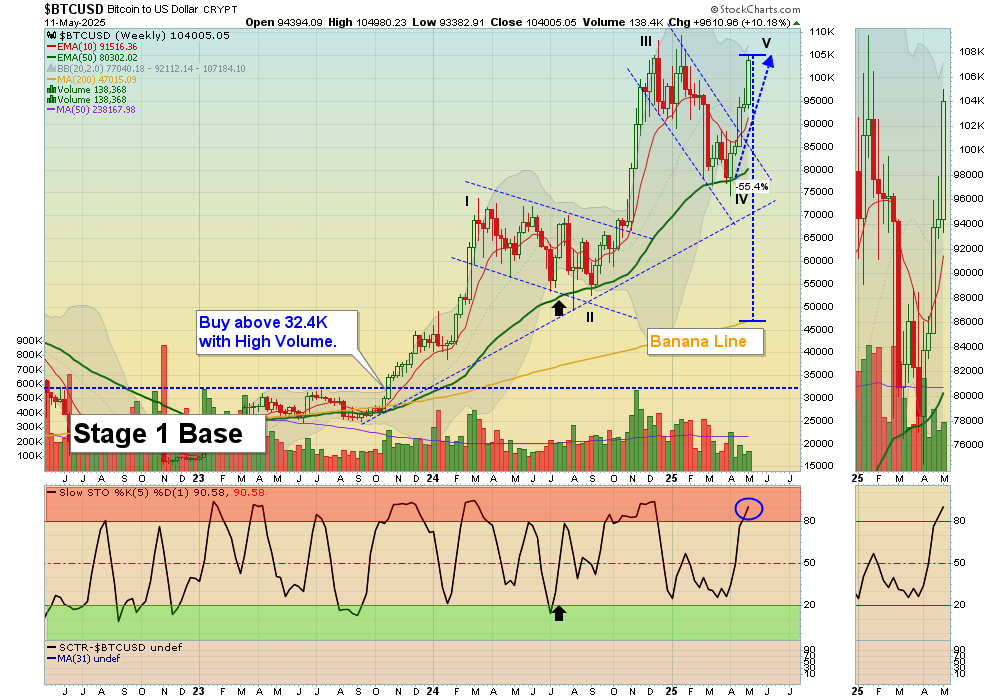
By ATGL
Updated March 27, 2024
When markets take a tumble, savvy investors know there’s an opportunity to profit from the decline. That’s where inverse exchange-traded funds (ETFs) come in. These specialized financial instruments essentially allow you to bet against the market and provide an accessible way for investors to capitalize on falling prices without the complexities and risks of traditional short selling. As markets ebb and flow, having tools like inverse ETFs in your arsenal can be invaluable for hedging against downturns, generating returns even when indexes are sliding, and strategically positioning your portfolio.
What Are Inverse Exchange-Traded Funds?
Inverse ETFs are specialized financial instruments designed to profit from a decline in the value of an underlying benchmark or index. Unlike conventional ETFs, which aim to replicate the performance of their benchmarks, inverse ETFs seek to deliver the opposite return. For instance, if the benchmark index falls by 1%, an inverse ETF aims to increase by approximately 1%, before fees and expenses. This unique characteristic makes inverse ETFs appealing for hedging purposes and for investors anticipating a market downturn.
Inverse ETFs operate through the use of financial derivatives such as futures contracts, options, and swaps. These derivatives allow the fund managers to gain exposure to the negative performance of the index without physically selling short the stocks within the index. As a result, investors can benefit from market declines with a straightforward buy-and-hold approach, avoiding some complexities and risks associated with traditional short selling.
Inverse ETF vs Short Selling: What You Should Know
While both inverse ETFs and short selling enable investors to profit from declining market prices, there are critical differences between the two strategies.
Short selling involves borrowing shares of a stock or another asset that the investor believes will decrease in value. The investor then sells these borrowed shares at the current market price. If the price drops, the investor can buy back the shares at the lower price, return them to the lender, and pocket the difference as profit. This approach requires a margin account and comes with unlimited risk, as there is no ceiling on how much the price of the asset can rise.
Inverse ETFs, on the other hand, offer a more accessible and less risky alternative for investors looking to capitalize on market downturns. Investors can purchase inverse ETFs through a standard brokerage account, just like any other ETF. The risk is limited to the amount invested in the ETF, as opposed to short selling, where potential losses are theoretically infinite. Additionally, inverse ETFs provide daily rebalancing, aiming to achieve their stated investment objective on a daily basis, which adds a layer of complexity and risk in terms of compounding effects over time.
Advantages and Risks of Investing in Inverse Funds
Advantages:
- Accessibility and Simplicity: Inverse ETFs can be bought and sold like any other stock or ETF, making them accessible to a broad range of investors without the need for a margin account.
- Hedging Capabilities: They provide investors with an effective tool for hedging against market downturns or specific sector declines without the complexities involved in short selling.
- Defined Risk: The maximum potential loss is limited to the initial investment, contrasting with short selling’s unlimited risk profile.
Risks:
- Compounding Effects: Because inverse ETFs aim to achieve their investment objective on a daily basis, their performance can deviate significantly from the inverse performance of the benchmark over periods longer than a day due to compounding effects.
- Market Timing Challenges: Successfully investing in inverse ETFs often requires accurate market timing, a task that can be challenging even for experienced investors.
- Costs and Expenses: Inverse ETFs typically incur higher fees and expenses than traditional ETFs due to the costs associated with the use of derivatives and daily rebalancing.
Investors considering inverse ETFs must weigh these advantages against the inherent risks and complexities. A thorough understanding of how these funds work and a clear strategy for their use are essential for harnessing their potential benefits while mitigating potential downsides.
Understanding How Inverse ETFs Work
Inverse ETFs offer investors a unique mechanism for hedging against or capitalizing on market declines. However, the inner workings of these financial instruments, particularly when leverage is involved, can be complex. Understanding the operational foundations and strategic considerations is crucial for investors looking to incorporate inverse ETFs into their investment portfolios.
What Are Leveraged Inverse ETFs?
Leveraged inverse ETFs are a more aggressive variant of standard inverse ETFs. They aim to deliver multiples (e.g., 2x or 3x) of the opposite return of their underlying benchmark index’s performance on a daily basis. For example, if an index drops by 1% in a day, a 2x leveraged inverse ETF seeks to provide a return of 2%, before fees and expenses.
This leverage is achieved through the use of financial derivatives like futures and options, amplifying the potential gains or losses. While the prospect of magnified returns can be attractive, leverage also increases the risk and the volatility of the investment. The daily rebalancing of these ETFs means their performance can diverge significantly from the expected inverse return of the benchmark over longer periods, especially in volatile markets.
How Long Should You Hold an Inverse ETF?
Inverse ETFs, especially leveraged ones, are generally considered short-term investment tools due to their daily rebalancing mechanism. Holding these funds over longer periods can lead to unexpected results due to the effect of compounding, particularly in volatile markets. This is because the fund’s performance is reset at the end of each day, and the compounded returns over multiple days can differ significantly from the linear returns of the underlying index.
For investors, the ideal holding period for an inverse ETF typically aligns with short-term trading strategies and market timing considerations. It’s crucial to monitor these investments closely and have a clear exit strategy in place to manage risks effectively.
What Are Some of the Best-Performing Inverse ETFs?
Identifying the “best-performing” inverse ETFs can be challenging, as performance is highly dependent on timing and market conditions. However, several inverse ETFs have gained attention for their ability to provide significant returns during periods of market downturns. Examples include:
- ProShares Short S&P500 (SH): Designed to deliver the inverse daily performance of the S&P 500.
- ProShares UltraPro Short QQQ (SQQQ): Aims to provide three times the inverse daily performance of the NASDAQ-100 Index.
- Direxion Daily Semiconductor Bear 3X Shares (SOXS): Seeks to offer three times the inverse daily performance of an index of US semiconductor companies.
It’s important to note that past performance is not indicative of future results. The effectiveness of an inverse ETF as a part of an investment strategy depends on accurate market timing and the investor’s ability to manage risk. Due diligence, ongoing education, and a cautious approach are advisable when considering these complex financial instruments.
Tips To Maximize Inverse Returns
Investing in inverse ETFs requires a nuanced approach to navigate their complexities successfully. Here are strategic tips and considerations to help investors potentially maximize returns from these specialized instruments.
- Stay Informed: Monitor market trends and economic indicators. Inverse ETFs are most effective when used in the context of informed expectations about market movements.
- Use as a Hedging Tool: Consider inverse ETFs as a component of a broader investment strategy, particularly for hedging against portfolio exposure to downturns in specific sectors or the broader market.
- Short-Term Focus: Given their daily rebalancing, inverse ETFs are generally best suited for short-term trades. Align your investment horizon accordingly to manage the compounding effect over time.
- Monitor Volatility: High market volatility can affect the performance of inverse ETFs in unexpected ways. Volatile periods require closer monitoring and potentially quicker adjustments to your investment positions.
- Set Clear Objectives and Limits: Define your investment goals and risk tolerance. Establish stop-loss orders or other risk management strategies to protect your capital.
- Educate Yourself on Leveraged Products: If considering leveraged inverse ETFs, ensure you understand how leverage works and the additional risks it introduces.
- Diversify: While inverse ETFs can add value to your portfolio, they should not be the sole focus. Diversification remains a key principle of sound investment strategy.
Boost Your Investment Returns With Above the Green Line
Inverse ETFs represent just one facet of a dynamic investment landscape. At Above the Green Line, we believe in empowering investors with knowledge, strategies, and tools to optimize their investment returns across various asset classes and market conditions. Our systematic approach focuses on identifying high-potential investment opportunities, leveraging proprietary metrics and technical analysis to inform our decisions.
We invite you to explore our ETF strategies, where we delve deeper into methods designed to enhance your portfolio’s performance. Whether you’re interested in inverse ETFs, seeking diversification strategies, or aiming to refine your investment approach, our resources are tailored to support your financial goals.
For insights into optimizing your trades and aligning with prevailing market trends, check out our guide to ETF strategies.






